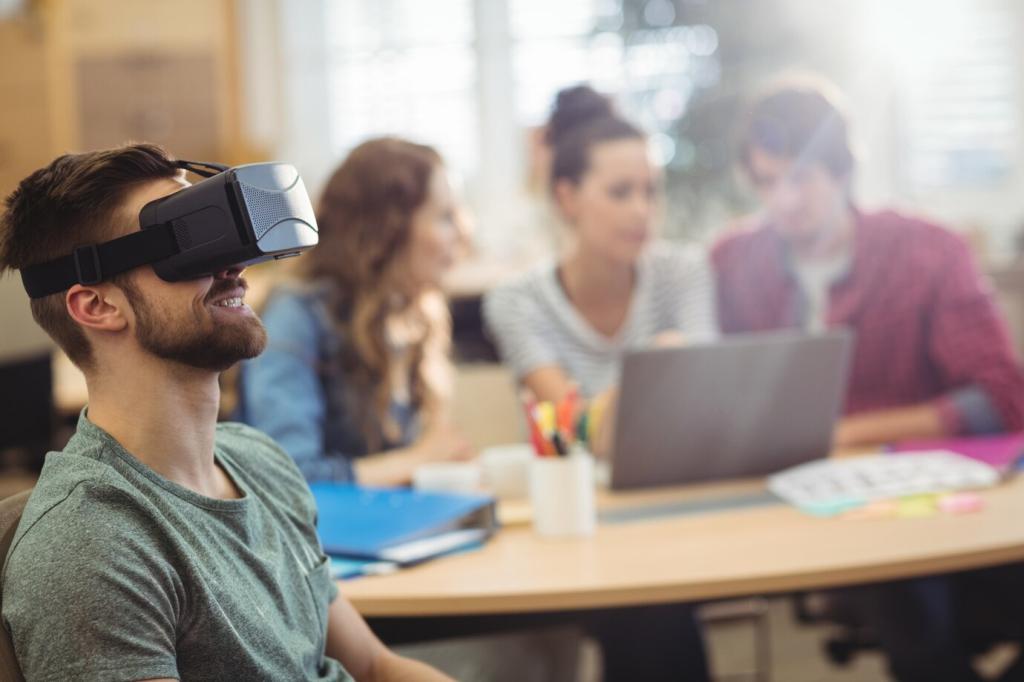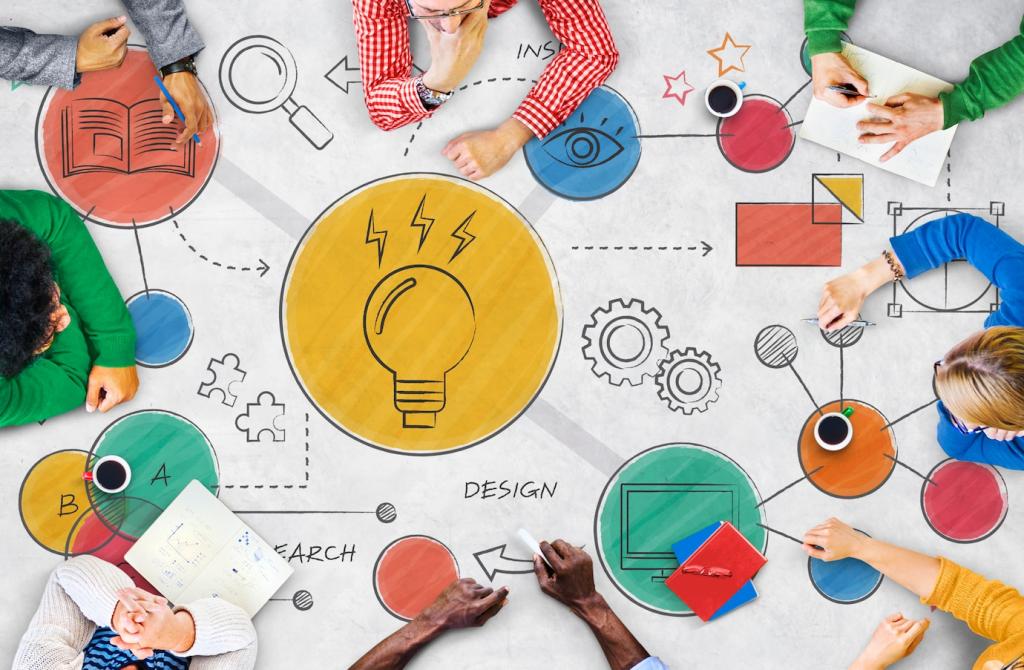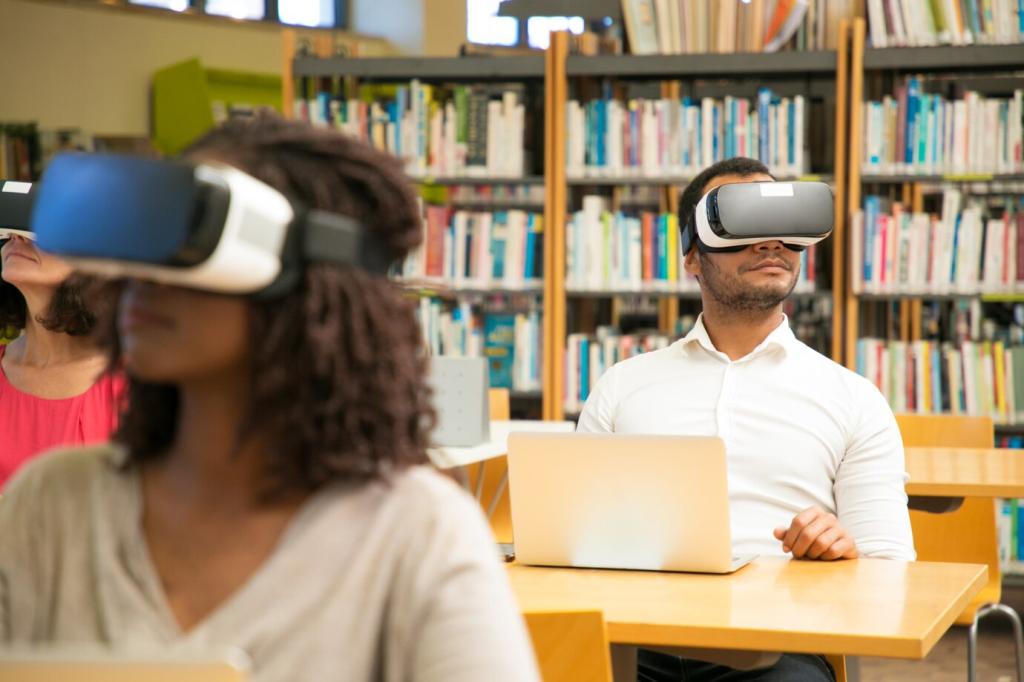This website uses cookies so that we can provide you with the best user experience possible. Cookie information is stored in your browser and performs functions such as recognising you when you return to our website and helping our team to understand which sections of the website you find most interesting and useful.
Integrating Virtual Reality into Classroom Learning
Virtual reality (VR) is rapidly transforming the landscape of education by offering students immersive, engaging, and interactive learning experiences. As educational institutions embrace digital innovation, VR stands out as a powerful tool that bridges the gap between theoretical concepts and practical understanding. By integrating VR into classroom learning, educators can foster deeper comprehension, fuel creative exploration, and cater to diverse learning styles. This emerging technology not only enhances traditional teaching methods but also prepares students for a world where digital fluency is essential. The following sections explore the potential of VR in education, implementation strategies, its impact on engagement and achievement, and future trends, providing a comprehensive overview for schools and educators looking to elevate their teaching through VR.



Implementing Virtual Reality in the Classroom


